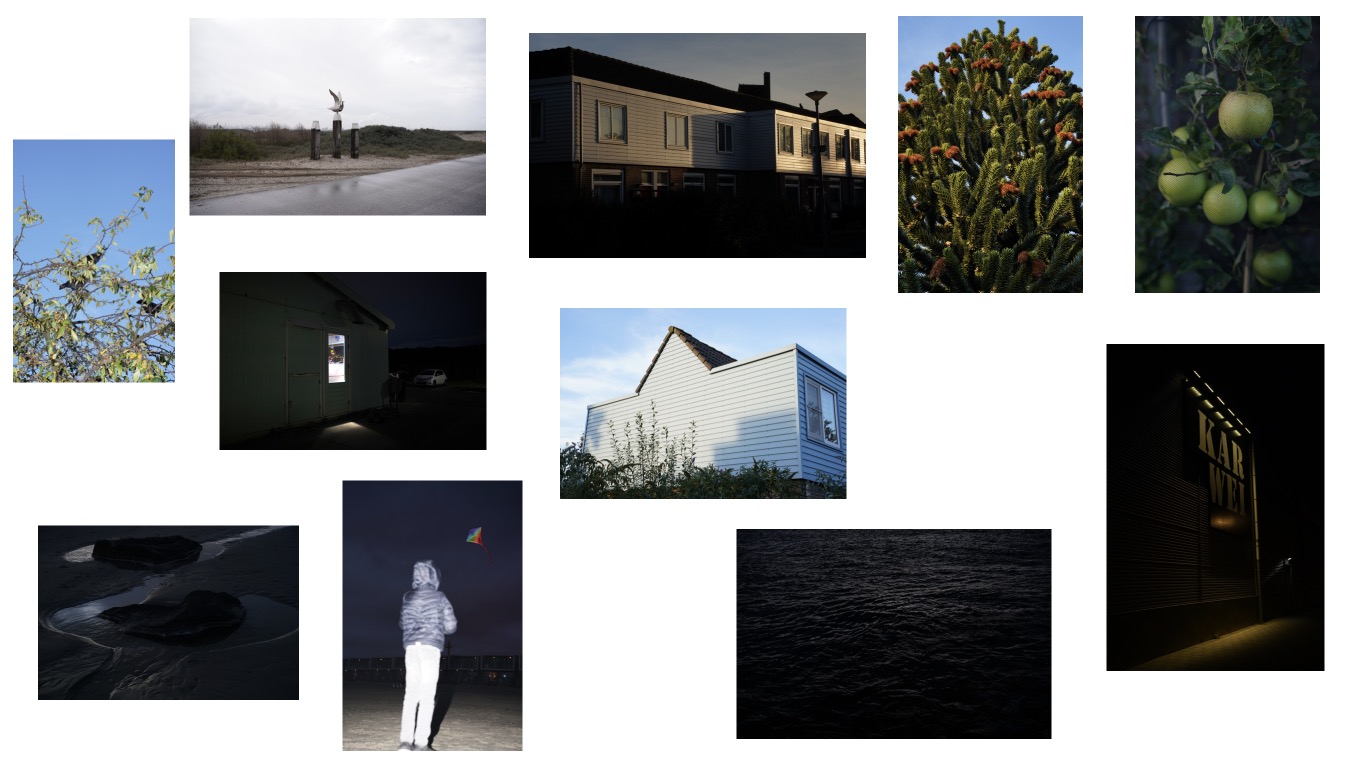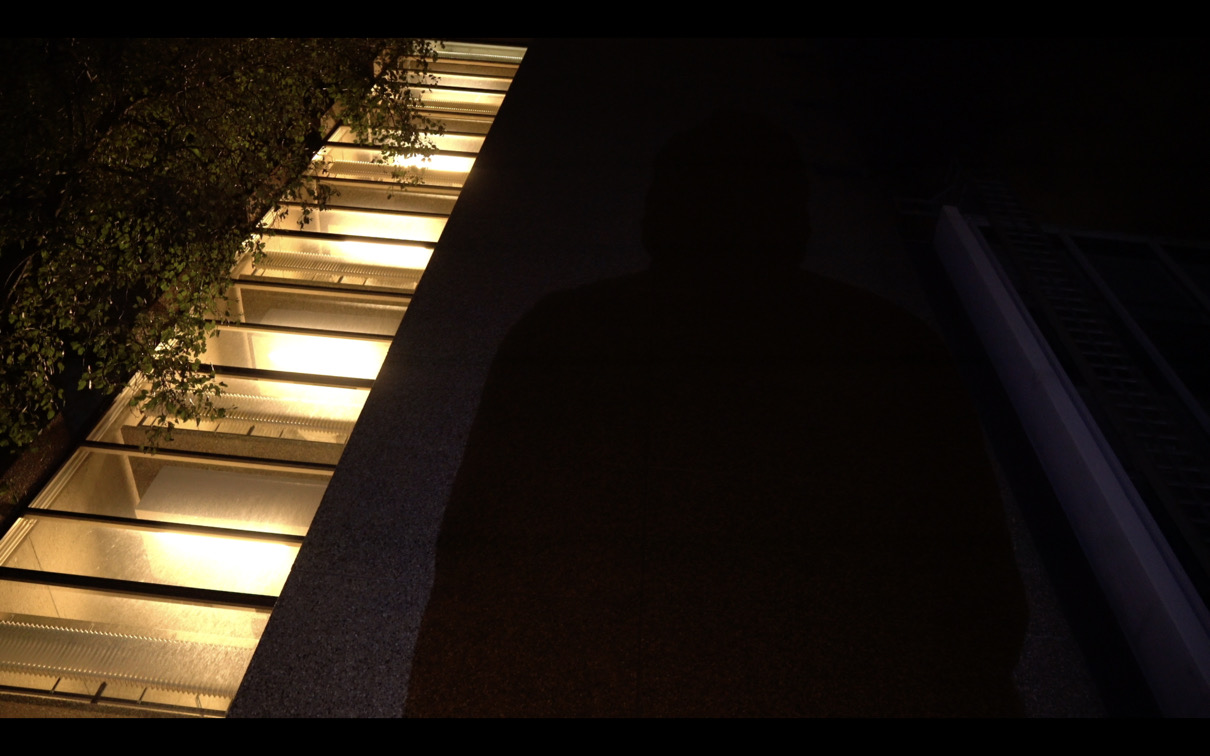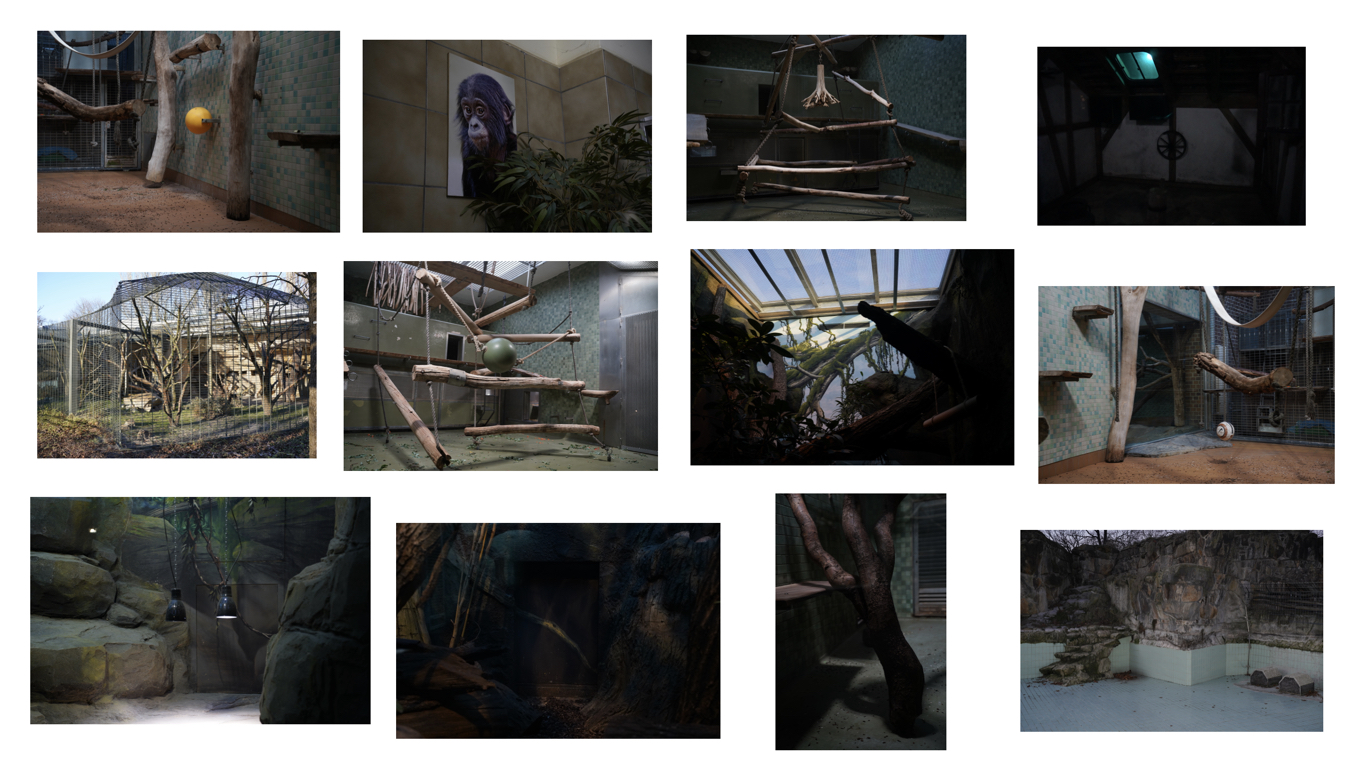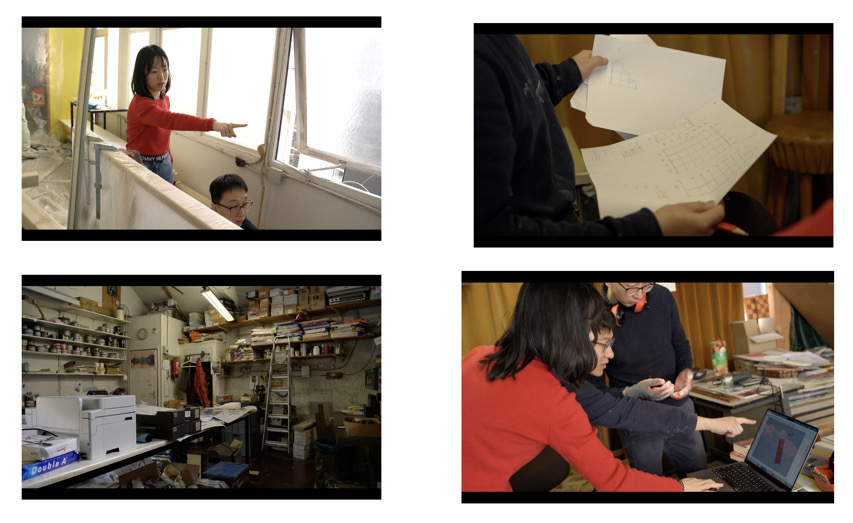Jingfeng text on practice 2nd draft
Rotterdam Syndrome, Photography, 2023-
1.What have you been making?
This is my first practice project since I came to Rotterdam. When I was new to the city, I wanted to find my connection with it through visual exploration, and at the same time express some of my feelings about it during the process. The outcome is a collective of photos, about Rotterdam city and its suburban places. I may have some personal perspective about this place, because I don’t have much experience living abroad, Rotterdam is the first foreign city I will live for a long time, I want to get linked with it, even with the people and communities, through my eyes and paces. Then maybe I can know myself and the city better, and the most important part, similar with my previous works, is to look at the cracks of modernity here, find some emotions, productions and behaviors behind the surface, and to express my perception about it through images.
2.How did you do it? (method)
This practice is partly based on my past experience on visual creation, as well as a combination of my new thoughts on photography, the style/method and the objects of shooting is not stable yet. And the first step for me was to get familiar with this city, hang around, find out if there is any interesting landscapes. Then I would try to understand how do they operate, and influence the society. After the first touch, I can decide whether to separate them into different projects.
3.Relation to previous practice?
Actually I mainly used my previous experience on photography to see/gaze the objects I was shooting. But I also tried some new methods and thoughts to analyze them, especially because they are totally new to me, and having new context which I may not understand so well. The outcome is quite a hybrid of my previous and new understanding on photos. In my previous practice, I usually use the flash light to create a theatrical atmosphere, and to magnify the object itself. Through my study here, I started to learn to understand images in a broader way, tried to liberate them from that kind of mode. I was trying to see more from seemed ordinary scenes, to formulate a new method of look.
Copper Dream, Film, 2024
1.What have you been making?
A short film, in which I want to blend fragments of my father's childhood intersecting with our country's contemporary history, and my personal situation in a new country. Through an approximation of a letter, different little corners across time and space are revealed as overlapping gestures from a private emotional connection.
2.How did you do it? (method)
I rewrote one story my dad has told me before into the monologue, as a clue to combine his childhood, with that special period of our society and my life abroad today. Instead of telling this story directly, I used it as a dream, as well as a window, by which I could blend the past and the present. The story in monologue is not real daily, but more metaphorical and atmospheric. And it costed me a lot of time to think about visualizing, finally I decided to take the images of my shadows on the buildings of streets. They are a symbol of my isolated situation as a foreigner, and also a ghost figure which is in between of the past and the present. The video phone call in the film is an entrance, as well as an exit of the dream scene.
3.Relation to previous practice?
This is about my first time to make video work, with timelines, sounds, voice-over, subtitles and so on. I felt I was liberated from some certain images, instead got into a wider space with more dimensions. My previous photo works were mainly focusing on society conditions, metaphors of images, and this film is also about these topics, but in a more subtle way, combined with more elements like sounds and texts. Finally I found that filmmaking may be a more interesting method for me, because it has more dimensions to extend.
Zoo, Photography, 2024-
1.What have you been making?
This is another one of my practices and explorations about landscapes. Usually, when visiting a zoo, our attention is focused on those animals. But this time, I noticed those moments when the animals are absent. When the animals are not there, what kind of landscape does the zoo become? Do those special designs gain a new context? What would we experience if we were to remove the animals as a subject of experience and place ourselves in these landscapes? This practice is in fact an extension of my exploration of the landscapes of human societies, which can provide me with more thoughts about "landscapes" and, in turn, help me to understand our conditions in our own contexts.
2.How did you do it? (method)
I visited some zoos, and tried to look/gaze at the landscapes without animals, or wait for the animals to leave, to find some scenes I thought were related with animal/human’s life, and can become a metaphoric image. The difficulty is, to recognize which scene is important, but I think this is a universal question for every photographers.
3.Relation to previous practice?
This series of photos is another chance for me to explore “landscapes”, and the knowledge behind the images. When the animals were absent, I felt something new growing from the photos, and they have some connections with the human society, as well as the situations of animals themselves. It’s not only showing a sympathy on animals in zoos, but also a reflecting about our conditions today. Zoos and cities are both human-made environment for the residents, we may see ourselves through the animals, as well as their living places.
Ferry In Wild, Documentary, 2024
1.What have you been making?
I’ve contacted with an owner of a Chinese bookstore named “野渡”, which means a ferry in wild, and asked her if I can take some footages about them. Coincidentally, they recently decided to rent and renovate a space in real for the store, so I got a chance to take some document footages about them. I plan to make it into a short documentary, but the shooting is still going on, not very sure about the future direction.
2.How did you do it? (method)
I found some interviews on internet about the bookstore, and they are at Rotterdam. So I get contact with the owner, then meet them in real life to take some footages about the renovation of bookstore and some other materials. Compared to the shooting process, it’s even more important to communicate in a documentary production.
3.Relation to previous practice?
This is also the first time to make a documentary independently, so I’m actually learning about sound recording, interviewing and other skills on documentary making. Besides the practice on technical aspects, the topic is also about Chinese people living abroad, and how do they treat their own culture, build community and so on.
What do you want to make next?
I want to go deeper with my exploration on landscapes and human conditions. Thus I may will continue my project Rotterdam Syndrome, Zoo, and Ferry In Wild, to try to develop them into a more complete version, into photobooks and shortfilms. And I want to try more on filmmaking and writing, maybe I will write a fiction script with metaphoric figures and monologues, about my thoughts on the global society environment. More with a universal perspective, and the living conditions of (Asian)people of young generation.
Why do you want to make it?
It’s a continuation about my work on landscapes and human conditions, even Asian culture. Basically it’s a desire on visual creation research, plus some voice about my identity and community, or, origin.
Relation to a larger context
I want to explore the ways in which landscapes operate on a larger cultural scale. They may be born of different regions (developed or undeveloped), industries (industrial, agricultural, residential, etc.), and may interact with human or non-human groups in different ways. But today they are all inevitably very closely linked to human society and history, whether in the form of human presence or absence. By understanding these landscapes, it may be possible to gain a deeper awareness of the different slices of human's conditions, so that we can understand the way humans themselves behave through historical and contemporary perspectives, and to guide our understanding about ourselves and the actions in the future.
References




